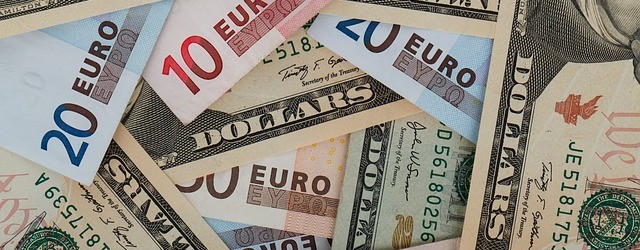In the exchange rate tables of the daily newspaper and the financial news, you can often read or hear the hint that a value is traded “ex-dividend”. This shows that something in the share will change when the Annual General Meeting is over and the dividend recommendation has been accepted. The way dividends are paid is still based on the traditional way dividends were paid when there were no global certificates and no electronic share registers!
Keeping this in mind, it is essential to put oneself into the middle of the last century and to mentally accompany an investor who keeps his shares in a custody account in order to be able to understand dividend payments. At that time, banking services were quite expensive and most investors could only dream of an offer of discount or online brokers with high performance and low fees.
Prerequisite for dividend payment: The three components of a share
When the shares were issued exclusively as securities on forgery-proof paper, the shareholders or the custodian bank received a security certificate consisting of three parts for each purchase or sale transaction: On the one hand, the share certificate itself, which, in a high-quality print, usually contained not only the security features and information on the share capital or shareholding, but also illustrations of products, factories or the company founder. In addition to this share certificate, the dividend coupons and a renewal coupon were delivered.
If the Annual General Meeting approved a dividend, the shareholder or the custodian bank cut out one dividend coupon per share and recorded it individually on one payment receipt. These payment receipts were collected and then sent, together with the dividend coupons, to the respective company cash office of the stock corporation or the house bank. The dividends were only paid out after the submission of these dividend coupons. If the last dividend coupon was used up (e.g. on a sheet of 10 or 20), the renewal coupon was sent in and a new sheet with dividend coupons was issued. However, the time-consuming process of submitting individual dividend or interest coupons has come to an end. More and more transactions take place electronically.
The settlement of dividends in global certificates or electronic custody also works in a similar way: the common share keeps its usual security identification number and continues to be traded, the dividend is paid out against electronic presentation of the dividend entitlement. On the day after the Annual General Meeting, the share is then traded without profit entitlement for the “past” financial year, so the share price may fall by that amount.
The value of the dividend will then be transferred to the reference account – since 2009 after the deduction of the flat-rate withholding tax and church tax (if applicable).
Although the payment of dividends is labour-intensive on the part of the broker or the bank and must be accurately recorded, this measure does not involve any effort on the part of the shareholder. The broker or the custodian bank makes the submission without the shareholder’s request, so that dividend coupons can no longer be “forgotten”.
Further links
How does dividend payment work?,Anzeige




